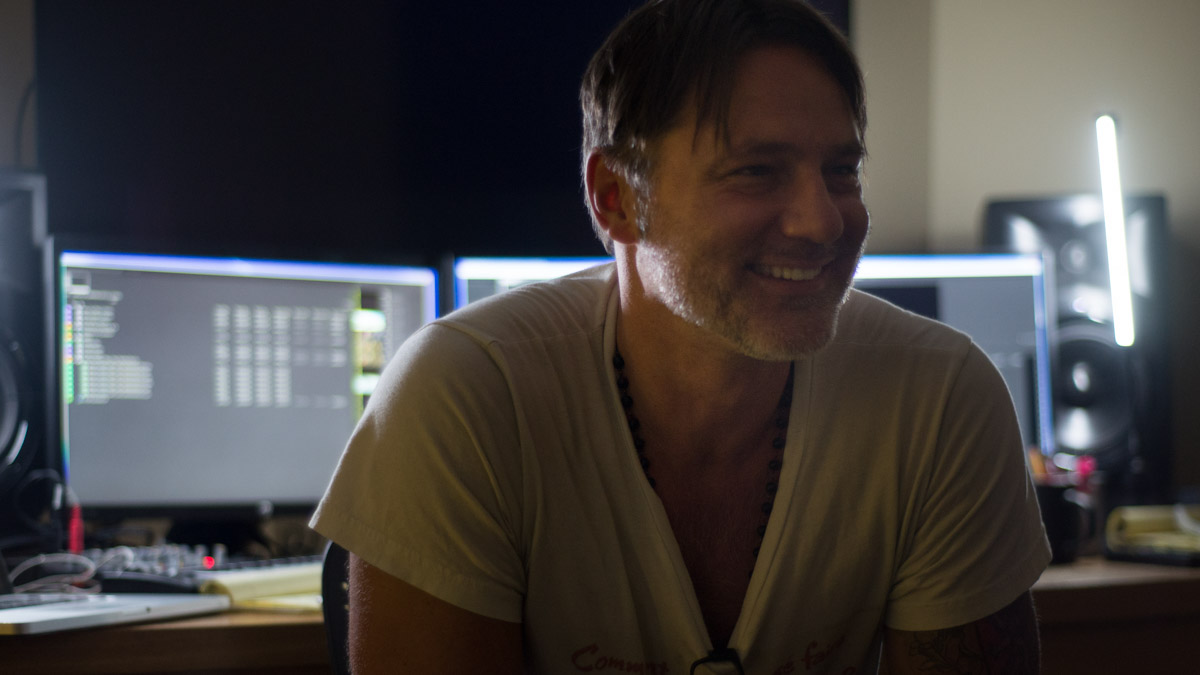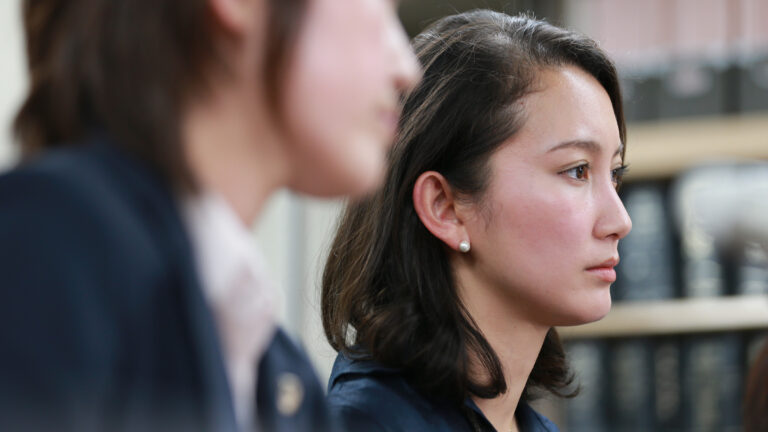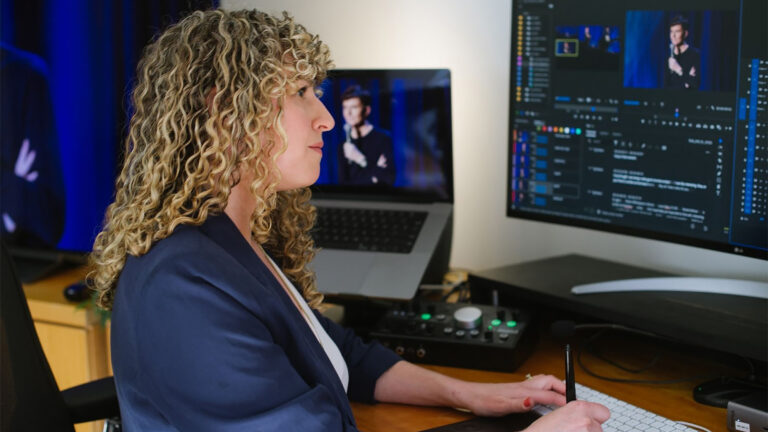6 Below is a feature film currently in post-production for a 2017 release. It will be the first motion picture to display entirely in Barco’s immersive multi-screen Escape theatrical format.
For that reason it was shot and is being finished entirely at 6K resolution, also a first. The movie stars Josh Hartnett as hockey professional Eric LeMarque, who spent 8 days alone on the edge of survival in the remote Sierra Nevada, in the dead of snowy March.
We chatted with editor Vashi Nedomansky to discuss the special challenges of a technically demanding show, how Frame.io allowed producers to check continuity of 6k footage on an iPhone from the side of a mountain at 7 in the morning, and how the story itself connects to Vashi’s own career and what made it possible.
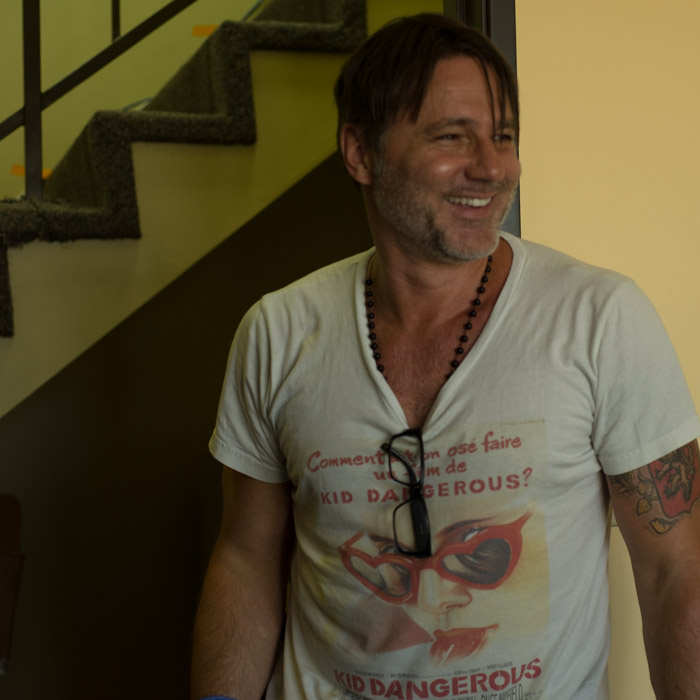
Tell me a little bit about 6 Below, and how you became involved with the project.
6 Below is a survival drama story starring Josh Hartnett & Mira Sorvino. It’s based on the true story of Eric LeMarque, who was a professional hockey player that went to Mammoth mountain and actually got lost during a blizzard in 2004; he was stranded out in the mountains for 8 days before he was rescued. He didn’t have any food, didn’t have any water, didn’t know where he was, and after he came out, he lost his legs from the knees down to frostbite. He actually bounced back… to this day he still snowboards with prosthetic legs and skates to a certain extent. 3 days is usually the maximum someone can survive in those conditions, but Eric made it 8 days before he was rescued.
I’ve worked with Scotty (Waugh, the director). He’s been a friend for almost 20 years and he’s the co-founder of the Bandito Brothers. It’s a really small world because I was the first lead editor at Bandito Brothers back in 2007 when we had a 3 office studio on Sunset right next to the Motion Picture Editors’ Guild. I’ve cut commercials, and national spots and documentaries over the last 15 years with him.
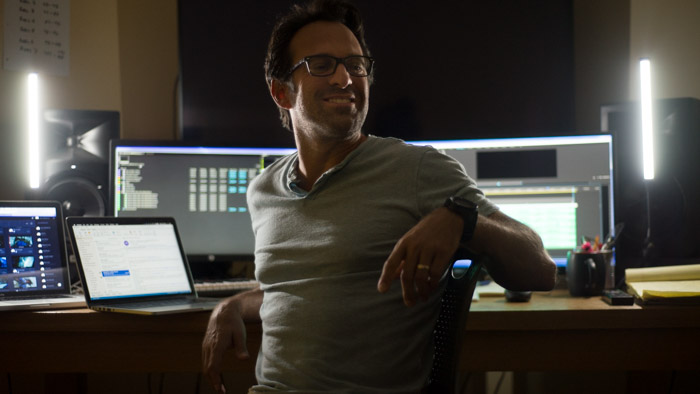
Most people don’t know, and what’s really funny is, we both know Eric LeMarque, the person who this film is based on. I played hockey and used to train with Eric here in California, but that had nothing to do with bringing me on for the project. Scotty’s pitching me the story, I’m like, “Dude, I’ve known Eric for 20 years.” So it was very, very… you know how things happen in this business where it’s just, “wow, I never expected that.”
Your commitment is 20 weeks total—a 14-week edit following the 6-week shoot. What and who does that involve at this point?
This is all I’m working on. As everyone would know, it’s 12-14 hours even at this early stage before there’s horrible deadlines. It’s me, Scotty, my assistant Jon Carr who’s also doing VFX and VFX supervisor Shah Rahman that are in their own bays. We have five edit bays, and we’re just cranking. So we’re all together, all day long, basically four guys in an office.
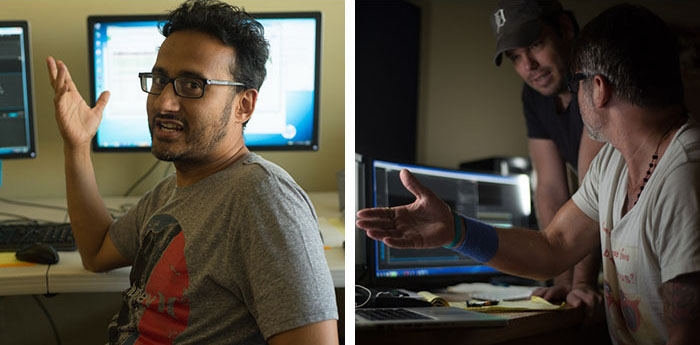
Those hours go so quickly, especially when you’re invested in the project and when the footage is as amazing looking as it is, the performances… it’s not usually going as smoothly as this one is in terms of the storytelling process. Oftentimes there’ll be reshoots, or you’ll ask “I wish I had this as an editor to tell the story,” or “Oh, this whole performance, this whole character is wrong,” and then you’ve gotta protect or cut around. The components are here, it’s an actual joy. It’s not like that very often, so I’m grateful.
I was in Salt Lake City for the six weeks—the process of dealing with 6k files and trying to get through everything, we had to find some workflows that worked. That was my job initially, before I started cutting.
How did Frame.io come into play on this production?
We were in Salt Lake, and they didn’t have a dailies system set up yet. One of the producers was just like, “I’ll go with PIX, like everyone else.” And I’m like “OK that’s like 2700 bucks a week,” and they were like “oh let’s not go with PIX like everyone else!”
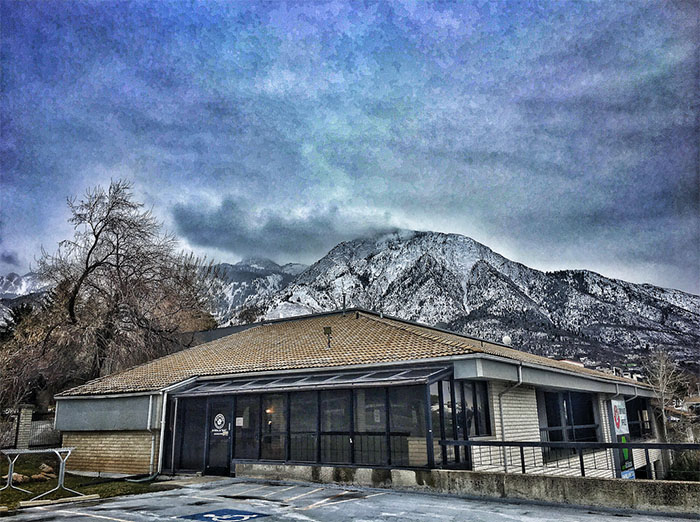
And then it was left with me to decide what we wanted to go with. I had been following you guys and waiting for a project. Yours is the most appealing of all the choices that we looked at, plus, unlimited in terms of collaborators. I brought that to the producers and they couldn’t pull their credit card out fast enough.
And from almost the first day of downloading it and just getting up and running, it was so simple and, just, slick, clean and elegant. We were running on the iPhone app right away, and I can’t tell you how many times that saved our asses. It allowed us to answer questions or share string-outs with people on set when they’re saying “oh my God, we were shooting the other side of this conversation, we don’t remember what it looked like. Can you go into the office?” So I pulled out my iPhone, sent the direct link tof just that string-out and I said “Well, you can look at it on your iPhone, or your iPad.”
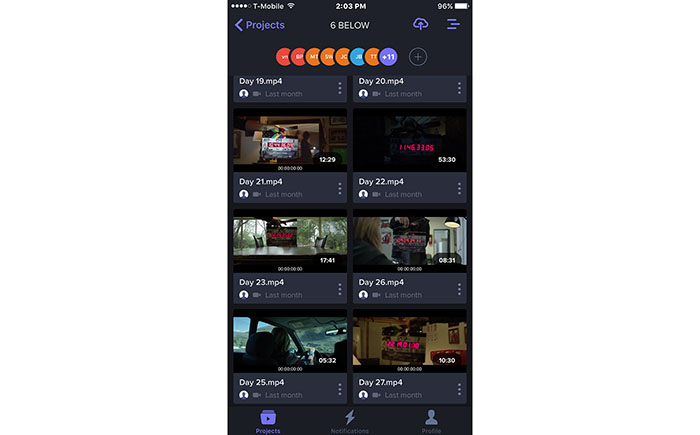
We did this all the time. Half these calls, as you know, come when we’re not at editorial or off on the weekend. I was getting calls at seven the morning from the mountain where they’re shooting: “Vashi we need to see this mountain shot right now, can you go into the office?” It was a half-hour away and so I told them “Just hold on for two minutes, I’m gonna send you a link and you can look at it there.” They were just blown away that we had instantaneous access to that stuff, and that everyone with the device could just look at it. They shared the links so they wouldn’t have to huddle around one iPhone. That changed the game for us.
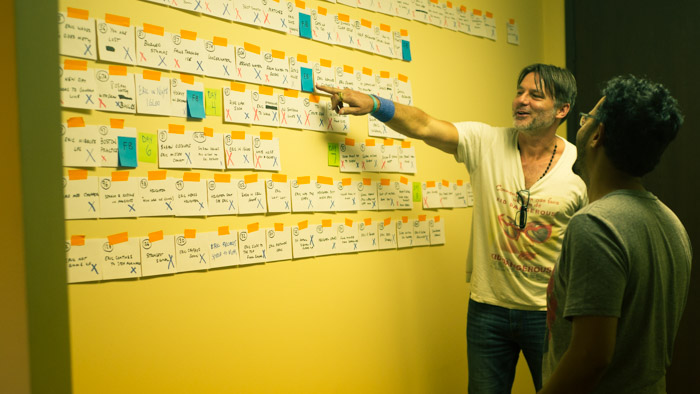
You have to realize that from the office, they would go up the mountain to basically outside of Sundance. They would park at a base camp there, then take a Suburban with chains up to the mountain point, then take snowcats or snowmobiles up to the set every day.
Everyone had to pass by the office on the way down the mountain, and they would drop off the drives at the end of the day. We would transfer those, and the next morning we would have dailies available on Frame.io for everyone. In the end I think there were sixty, seventy hours of 6K footage uploaded.
At what point did you start to assemble and review scenes? What’s the process?
At the end of the six weeks when we left Salt Lake, I had already cut about sixty two minutes of the film. On each project, I develop a specific workflow, like I did for Gone Girl and then Deadpool. Each one is a different process, each one has different requirements.
For this one, because I was not only the editor but also post-production supervisor, our dailies were basically string-outs of all the footage, chronologically shot. Everyone from the cameraman to the director—if you know day five, you remember what you shot. “It was late in the day…” so they would just go to day five on the string-outs in Frame.io and scroll down toward the end of the day, “…ah here it is.”

The process was we would do string-outs, which would go with dailies up on Frame.io. Then my assistant would then create scene bins of just the shots for each scene, and that was populated on a sequence. On the string-out there was one marker at the start of every new shot. So then in Premiere, you could just down arrow and you’d be at the start of every new shot. We’d share those sequences with the producers, so they could quickly navigate through the shots or to the next scene.
How did you deal with security concerns on a Hollywood feature?
As soon as a shot was in our system, I’m cutting scenes, and the director, Scott, was the only one that was allowed to review them. Inside our project I made a bin that was just Scotty. Any time I finished a scene or an assembly I would put it in that folder, and he’d get an email or text. If he wanted to share it, he could email a link to that, to anyone he wanted.
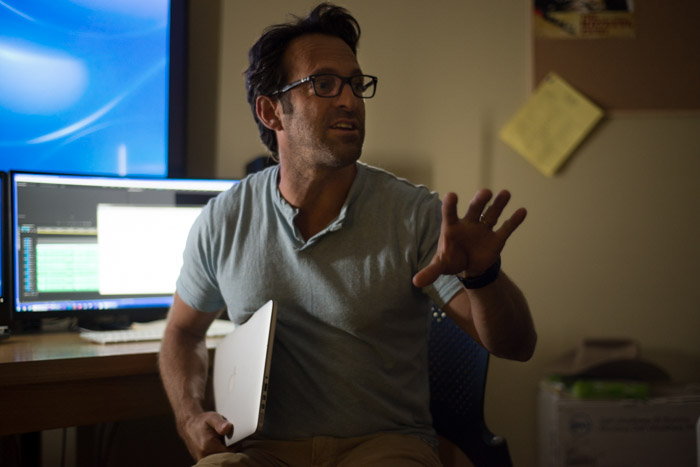
It’s great to have this classified system of knowing I’m not sending a video link where, God knows what could happen if someone shares it. That speaks to the trust between the director and the editor, but also between the editor and security, which is increasingly more dramatic every day. It’s critical that stuff be contained.
When I talked to (Frame.io CEO) Emery (Wells) it was very satisfying to hear that it was 256 bit SSL encryption. Even dailies, there were only fifteen people that had access, and everyone was cleared through the director.
How does a 3-screen format (Barco Escape) play into your process?
There have been Barco films where twenty minutes in a film, be it Hunger Games (MockingJay Part 2) or the upcoming Star Trek (Beyond) where they have chunks of it in Barco; the side screens light up during certain sequences. This will be the first full narrative feature film that’s entirely in Barco, but it’ll also be released in the 2.76 aspect ratio for theatrical. There are only eighteen Barco theaters right now, I believe. They are trying out ways to retrofit current existing theaters, depending on the size.
Obviously not everything you shoot will work in Barco, ao there will be adjustments for the Barco version vs. the 2.76 version. We’re basically editing 2 films, you know, from scratch. The 2.76 is basically a 4k extraction of our full 6K Dragon image. So on set they had mattes on their monitors that would show them the safe 4k area, plus the forty percent padding around the edges. The Barco is an extraction from the full 6K image that goes all the way across the 6144 horizontal pixels.

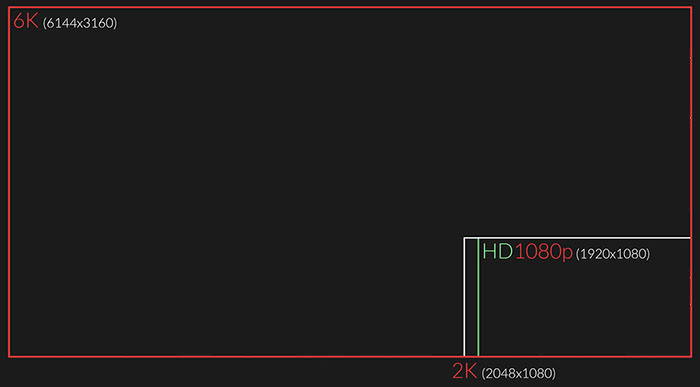
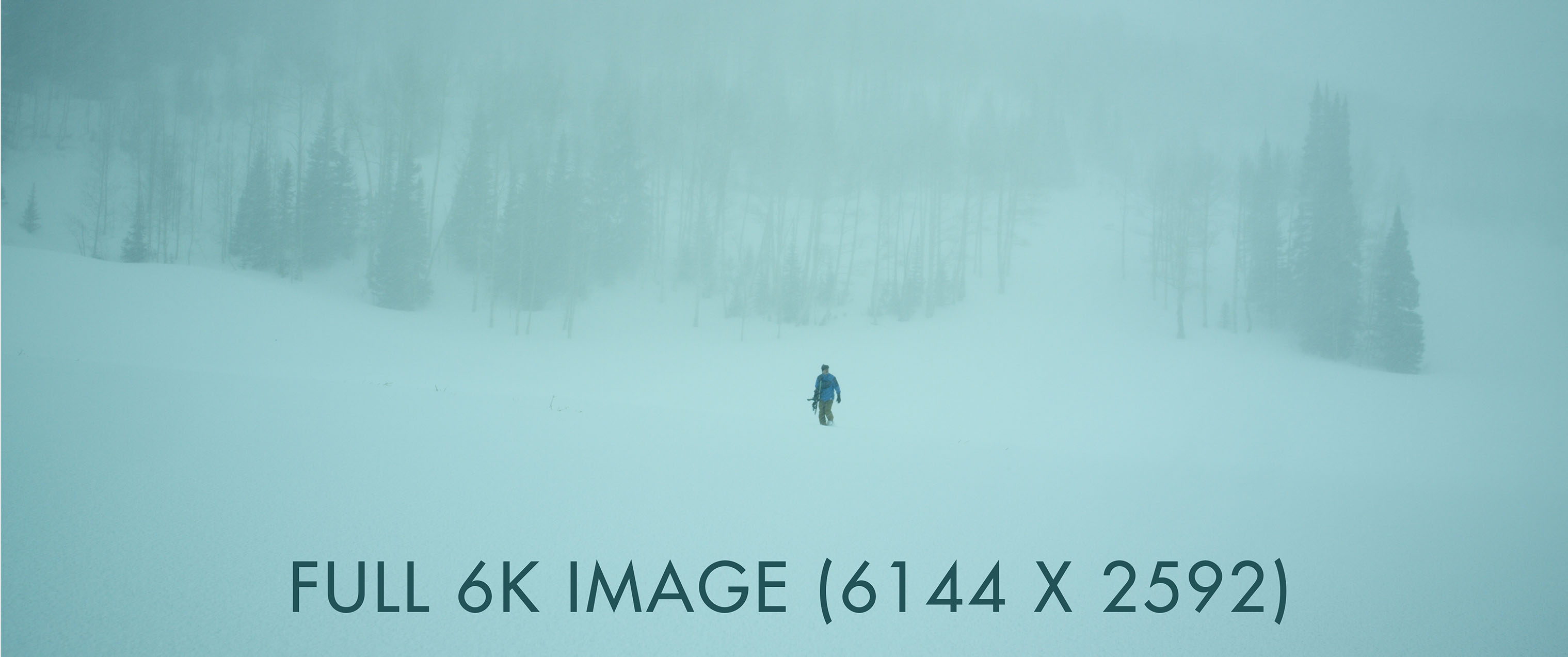
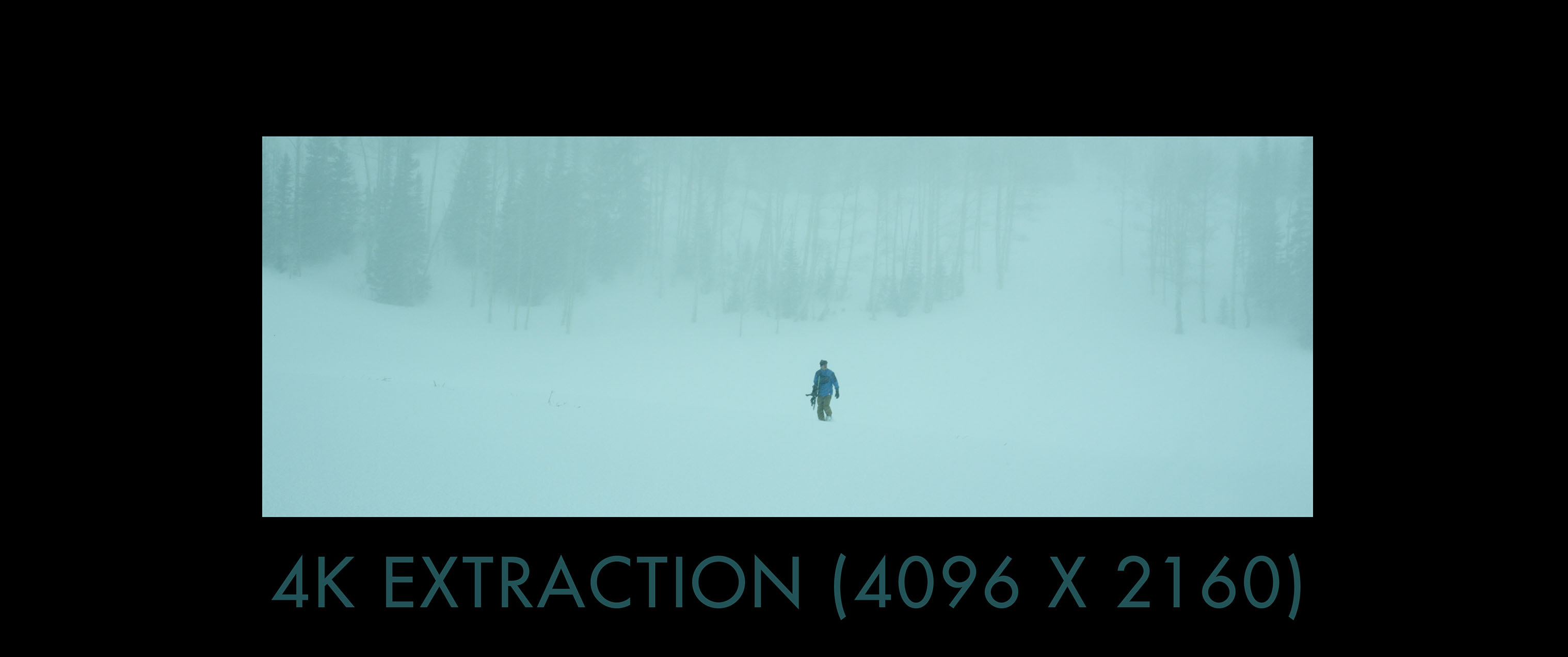
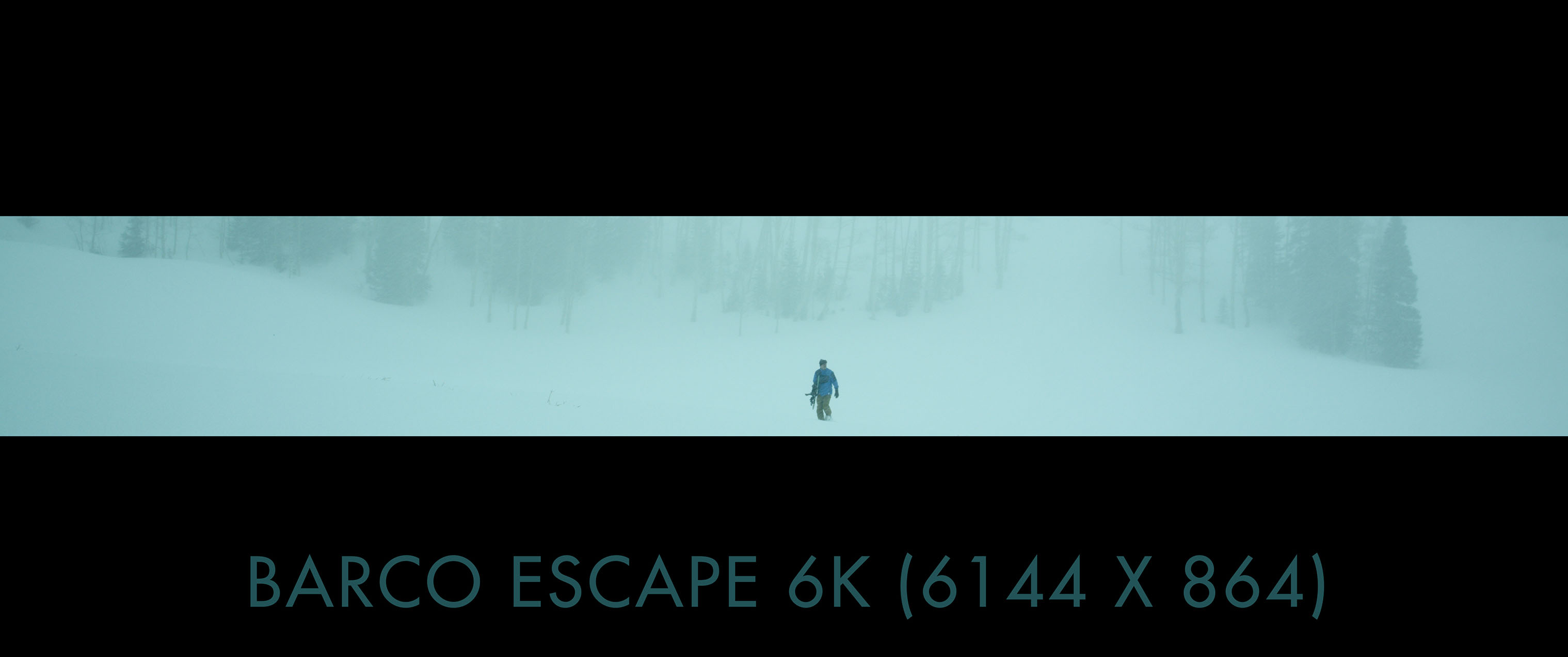

To capture the story, or a close up for example where it’s Josh Hartnett’s face: if you shoot that then in Barco, you’ll only see his nose or whatever (laughs). So there are several different methods, including cutting to a wider shot, pulling out to the max 6K, or animating across the frame, vertically, to help show what we need to show at that moment. But sometimes we have to leave the close up and go to medium or wide, to make sure that the story points come across and it’s not just some huge face that means nothing at that moment.
In Premiere Pro, we’re working with the native 6K Dragon files off a RAID. We have a preset sequence with the 4K extraction already built and the 6K is inside it. At 100% we are seeing the 4K extraction and if we want to make that a wide shot, we can scale to 67%, which gives us the whole 6K image inside the 4k window. Basically we are seeing the extraction that they were filming for, but we have 40% outside of that image that we can use at any time.

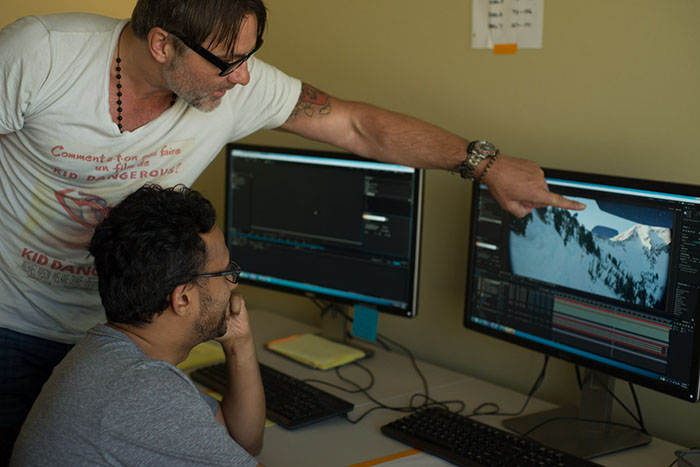
We also have a three monitor system where each window is 2.39, to show the whole Barco all at once, that’s currently just about ready. So, once our VFX are done, we can transfer one of those monster machines over to run the three monitors, and that will replicate what the Barco is actually showing. Each window is a 2K window.
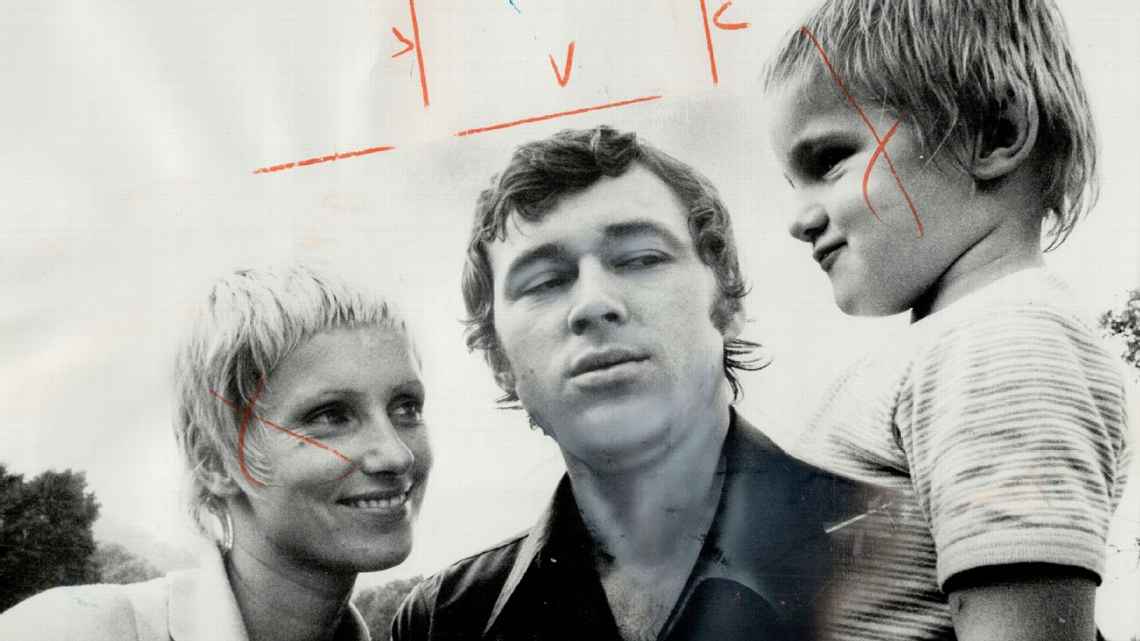
That personal connection—your dad was a hockey player.
My dad was actually the first hockey player to defect from a communist country and join the National Hockey League. I was 5 years old when we defected. I played hockey growing up, while he was with the New York Rangers. I played professionally for 10 years for the L.A. Kings organization, and for the Islanders. I retired in 2001.The hockey community, especially in Los Angeles is very small; one of the first people I knew out here was Scott Waugh, his brother Rick Waugh… all these guys that were playing hockey together.
Vashi is also making a documentary about his dad. He posted this trailer just before beginning work on 6 Below.
I’ve been editing since I was 12 or 13 years old. Again that goes back to my dad. When he was playing for the Red Wings one night, he won a Panasonic VHS camcorder as best player of the game. It was one of the first big full size video recorders with the separate VCR that you attached to it strapped to your shoulder. He brought that home to me and he was like “I don’t know, you do something with this.” So I’m 12 years old, started shooting family events, trips, and then I started shooting short films just because I had a camera.
Don’t miss this mind-blowing 30 second commercial promoting futuristic “instant replay.”
And then in freshman year of high school we had a book report or something. I asked, can I do a short film on the book, can I shoot the book over a couple weekends instead of doing a written report? The teacher was progressive enough to go, “Yeah, go do it.” I recruited a bunch of kids and we shot it.
Then I used the VHS that we had at home, hooked it up to the camera with its own VHS and started editing. I was just selecting the chunks I needed from one tape and recording it onto the other, then dubbing in audio and music which apparently so many editors of my generation or that same age group just did out of necessity.

Jumping forward twenty years when I retired, yes, I was in in a group of people that have the connections in the industry. That doesn’t mean anything, I’m just a retired hockey player. It took five years of doing every job for free, actually doing it and making mistakes.
And that’s one thing that I think is—not missing from today, it’s just—you’ve really got to work at something and fail miserably before you can wrap your brain around what didn’t work and what did work. Try and stay positive and think about, “Oh well, this one little piece worked.” Editorial is a marathon and it’s small victories, and I’m in the middle of it right now with 6 Below.

